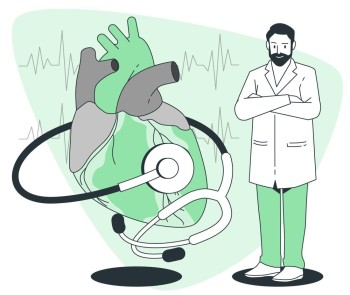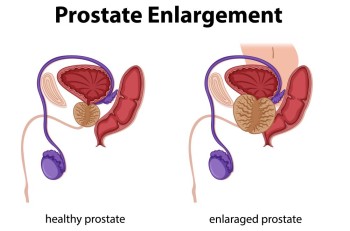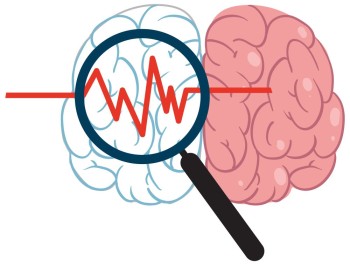
Elbow MRI utilizes powerful magnets and radio waves to generate detailed images of the structures within the elbow.
MRI Elbow Scan with Cost
MRI Scan of the Elbow in Detail
Introduction
Magnetic
Resonance Imaging (MRI) has become a cornerstone in modern diagnostic medicine,
providing detailed insights into various anatomical structures. This article
focuses on the MRI scan of the elbow, unraveling the intricacies of the
procedure, its indications, and the valuable information it can offer.
How does Elbow MRI work?
Magnetic Resonance Imaging Basics
Elbow MRI utilizes powerful magnets and radio waves to generate detailed images of the structures within the elbow. This non-invasive imaging technique is particularly effective in visualizing soft tissues like muscles, tendons, ligaments, and joint spaces.
Detailed Process of Scanning the Elbow
During an elbow MRI, the patient's elbow is positioned within the MRI machine. The machine generates magnetic fields, prompting hydrogen atoms in the body's tissues to emit signals. These signals are then transformed into highly detailed cross-sectional images of the elbow.
Indications for an Elbow
MRI
Common Medical Conditions Requiring an Elbow MRI
Elbow MRIs are often recommended to diagnose various elbow-related issues. This includes conditions such as ligament injuries, tendonitis, fractures, arthritis, and abnormalities in the bony structures of the elbow.
Doctor's Recommendations
Healthcare providers may suggest an elbow MRI based on symptoms like persistent pain, swelling, limited range of motion, or signs of joint instability. It serves as a valuable tool for a comprehensive assessment of elbow-related concerns.
Preparing for an Elbow
MRI
Clothing and Accessories
Patients undergoing an elbow MRI are advised to wear comfortable clothing without metal components. Removing any jewelry or accessories that might interfere with the magnetic field is crucial.
Informing the Medical Team About Medical History
Effective communication with the medical team is essential, especially concerning any pre-existing conditions, allergies, or implanted devices. This information ensures a safe and effective imaging process.
What to Expect During an
Elbow MRI
Duration of the Scan
An elbow MRI typically takes around 20 to 30 minutes, though the duration may vary based on specific imaging requirements. Patients are required to remain still during the scan for clear and accurate images.
Patient's Role During the Procedure
Active patient participation is crucial. Following the technologist's instructions, which may include holding the breath and staying motionless, is essential for optimal imaging results.
Benefits of Elbow MRI
High-Resolution Imaging
Elbow MRI's primary advantage lies in its ability to provide high-resolution images. This level of detail is crucial for accurately identifying and assessing abnormalities within the elbow.
Detection of Soft Tissue Injuries
Elbow MRIs excel in detecting injuries to soft tissues, such as muscles, tendons, and ligaments. This precision is vital for developing targeted treatment plans.
Risks and Limitations
Contrast Agents and Allergies
In some cases, a contrast agent may be used during an elbow MRI to enhance the visibility of specific structures. Patients with known allergies to contrast agents should inform their healthcare providers.
Claustrophobia Concerns
Individuals prone to claustrophobia may find the confined space of the MRI machine challenging. Open MRI machines or relaxation techniques may be considered as alternatives.
Interpreting the Results
Involvement of Radiologists
Radiologists interpret the acquired images, providing detailed reports to the referring physicians. These reports guide healthcare professionals in making informed decisions about patient care and treatment.
Follow-Up Consultations
After an elbow MRI, patients may have follow-up consultations with their healthcare providers to discuss results and determine the appropriate course of action.
Cost Considerations
Insurance Coverage
The cost of an elbow MRI can vary, with insurance coverage playing a significant role in determining out-of-pocket expenses. Patients are advised to check with their insurance providers to understand the extent of coverage.
Out-of-Pocket Expenses
For patients without insurance coverage or with high deductibles, discussing payment plans or exploring financial assistance options with the healthcare facility is recommended.
Alternative Diagnostic Methods
X-rays and CT Scans
While elbow MRIs provide detailed soft tissue imaging, X-rays and CT scans are alternative diagnostic methods that focus on bone structures. Each method has its strengths and limitations, and the choice depends on specific diagnostic requirements.
Limitations and Differences
X-rays and CT scans offer a quick overview of bony structures, while elbow MRIs excel in visualizing soft tissues. Understanding these differences ensures the selection of the most appropriate diagnostic tool.
Conclusion
An elbow MRI proves invaluable in diagnosing and understanding a spectrum of elbow-related issues, from soft tissue injuries to bony abnormalities. This imaging modality stands as a crucial asset in modern medicine, guiding effective treatment strategies.
FAQs…
Is an elbow MRI painful?
No, an
elbow MRI is generally a painless procedure. Some patients may experience
discomfort from remaining still during the scan.
How long does an elbow MRI take?
The
duration of an elbow MRI typically ranges from 20 to 30 minutes.
Are there any age restrictions for an elbow MRI?
Elbow MRIs
can be performed on individuals of all ages.
Can an elbow MRI detect arthritis?
Yes, an
elbow MRI is effective in detecting signs of arthritis within the elbow joint.
What happens if I move during the elbow MRI scan?
Movement during the elbow MRI scan can affect the quality of images. It is crucial to follow the technologist's instructions to remain still.
(0)
Login to continue



